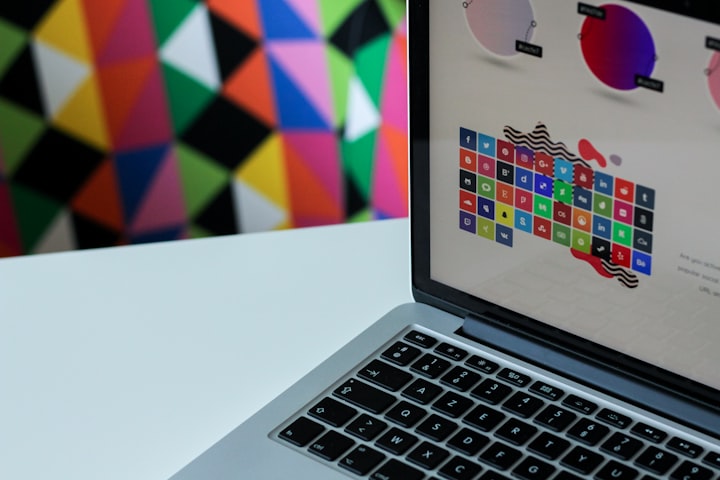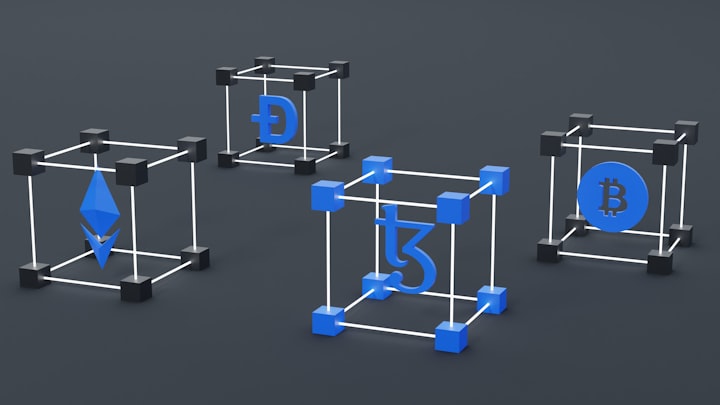Logo Design Principles: Crafting Visual Brand Identities
Logo Design Challenges: Solving Complex Branding Problems

In the world of branding, logos are the unsung heroes. They are the visual representations of a brand's identity, encapsulating its values, personality, and essence. A well-crafted logo can leave a lasting impression, making it an essential element in brand strategy. In this guide, we will explore the principles of logo design and how to create logos that truly resonate with your target audience.
The Importance of Logos in Branding
Logos serve as the face of a brand. They are the first point of contact between a business and its audience, making them crucial for brand recognition and recall.
B. Purpose of the Guide
This guide aims to shed light on the principles and best practices of logo design. Whether you're a designer looking to hone your skills or a business owner seeking to understand the process, you'll find valuable insights here.
Understanding Brand Identity
A. Defining Brand Identity
Brand identity encompasses a brand's personality, values, and the emotions it aims to evoke in its audience. Logos play a pivotal role in communicating this identity.
B. Role of Logos in Brand Identity
Logos distill a brand's identity into a single visual mark. They serve as a symbol of trust and consistency for consumers.
C. Examples of Successful Logos and Brand Identities
Analyzing well-known logos and their corresponding brand identities can provide valuable lessons in effective logo design.
Fundamentals of Logo Design
A. Simplicity and Clarity
1. The Power of Simplicity
Simplicity in logo design fosters instant recognition and memorability.
2. Avoiding Overcomplication
Complexity can lead to confusion and dilute the impact of a logo.
B. Versatility
1. Scalability and Adaptability
Logos must remain legible and effective when scaled up or down or when used in various contexts.
2. Black and White Versions
A logo should be as impactful in black and white as it is in color.
C. Relevance
1. Aligning with the Brand's Values
A logo should mirror the values and aspirations of the brand it represents.
2. Target Audience Considerations
Understanding the audience helps create a logo that resonates with them.
Design Elements and Principles
A. Typography
1. Choosing the Right Font
Selecting an appropriate font is crucial for conveying the brand's personality.
2. Custom vs. Pre-existing Fonts
Custom fonts can add uniqueness but require careful design.
B. Color Theory
1. Psychological Impact of Colors
Different colors evoke specific emotions and associations.
2. Creating a Distinct Color Palette
A well-defined color palette ensures consistency in branding.
C. Shape and Symbolism
1. Shapes and Their Meanings
Different shapes carry symbolic significance that can align with the brand.
2. Using Symbols Effectively
Symbols can convey complex ideas and emotions succinctly.
D. Balance and Composition
1. Rule of Thirds
Applying the rule of thirds can create visually pleasing logo layouts.
2. Creating Visual Harmony
Balanced composition ensures that all elements work together seamlessly.
Logo Types and Styles
A. Wordmarks and Lettermarks
Exploring logos that rely primarily on text.
B. Symbol Marks and Pictorial Marks
Examining logos with visual symbols or icons.
C. Combination Marks
Discussing logos that incorporate both text and symbols.
D. Emblem Logos
Exploring logos enclosed within a shape or emblem.
E. Abstract vs. Literal Logos
Comparing logos that represent concepts abstractly to those that do so literally.
Logo Design Process
A. Research and Discovery
1. Understanding the Brand and Its Market
In-depth research helps designers align the logo with the brand's goals.
2. Competitive Analysis
Analyzing competitors' logos can reveal opportunities for differentiation.
B. Sketching and Conceptualization
1. Brainstorming Ideas
Creative brainstorming generates diverse logo concepts.
2. Initial Sketches
Sketching provides a tangible starting point for logo development.
C. Digital Design
1. Translating Sketches to Digital Format
Designers use digital tools to refine and iterate on logo concepts.
2. Iterative Design Process
Multiple iterations help fine-tune the logo to perfection.
D. Feedback and Revisions
1. Gathering Feedback from Stakeholders
Collaboration with stakeholders ensures the logo aligns with the brand's vision.
2. Refining the Design Based on Feedback
Incorporating feedback leads to a stronger, more effective logo.
E. Finalization and Delivery
1. Preparing Logo Files for Various Applications
Logos must be available in different formats for use across various media.
2. Brand Guidelines and Usage Instructions
Establishing guidelines ensures consistent logo usage.
Case Studies
A. Analyzing Successful Logo Redesigns
Exploring real-world examples of logo redesigns and their impact on brands.
B. Examining Brand Evolution Through Logos
Tracing the evolution of logos in well-established brands.
Keeping Up with Logo Design Trends
A. Current Logo Design Trends
Staying informed about contemporary design trends.
B. Balancing Trends with Timelessness
Ensuring that logos remain relevant and enduring amidst changing design aesthetics.
Conclusion
A. The Impact of Effective Logo Design on Brand Success
Recapping the significance of logos in shaping brand success.
B. Encouragement for Aspiring Logo Designers
Offering motivation for those embarking on a logo design journey.
C. Resources for Further Learning
Suggesting additional resources to deepen knowledge in logo design.
In conclusion, logo design is both an art and a science. By understanding the principles outlined here and applying them creatively, designers and businesses can craft logos that serve as powerful symbols of their brand identity, leaving a lasting mark in the minds of their audience.





Comments
There are no comments for this story
Be the first to respond and start the conversation.